Description
- Aloe is a cactus-like plant that grows in hot, dry climates. It is cultivated in subtropical regions around the world, including the southern border areas of Texas, New Mexico, Arizona, and California.
- Historically, aloe has been used for skin conditions and was thought to improve baldness and promote wound healing.
- Aloe is used topically (applied to the skin) and orally. Topical use of aloe is promoted for acne, lichen planus (a very itchy rash on the skin or in the mouth), oral submucous fibrosis, burning mouth syndrome, burns, and radiation-induced skin toxicity. Oral use of aloe is promoted for weight loss, diabetes, hepatitis, and inflammatory bowel disease (a group of conditions caused by gut inflammation that includes Crohn’s disease and ulcerative colitis).
- In 2002, the U.S. Food and Drug Administration issued a ruling that required manufacturers to remove aloe from over-the-counter laxative products because of a lack of safety data.
- Aloe vera (/ˈæloʊ(i) vɛrə, vɪər-/)is a succulent plant species of the genus Aloe. It is widely distributed, and is considered an invasive species in many world regions.
- An evergreen perennial, it originates from the Arabian Peninsula, but grows wild in tropical, semi-tropical, and arid climates around the world. It is cultivated for commercial products, mainly as a topical treatment used over centuries.The species is attractive for decorative purposes, and succeeds indoors as a potted plant.
- It is used in many consumer products, including beverages, skin lotion, cosmetics, ointments or in the form of gel for minor burns and sunburns. There is little clinical evidence for the effectiveness or safety of Aloe vera extract as a cosmetic or topical drug, and oral ingestion has risk of toxicity.
Uses
Two substances from Aloe vera – a clear gel and its yellow latex – are used to manufacture commercial products.Aloe gel typically is used to make topical medications for skin conditions, such as burns, wounds, frostbite, rashes, psoriasis, cold sores, or dry skin.Aloe latex is used individually or manufactured as a product with other ingredients to be ingested for relief of constipation. Aloe latex may be obtained in a dried form called resin or as “aloe dried juice”.
There is conflicting evidence regarding whether Aloe vera is effective as a treatment for wounds or burns.There is some evidence that topical use of aloe products might relieve symptoms of certain skin disorders, such as psoriasis, acne, or rashes, but topical application may cause an allergic reaction in some people.
Aloe vera gel is used commercially as an ingredient in yogurts, beverages, and some desserts, but at high or prolonged doses, ingesting aloe latex or whole leaf extract can be toxic.Use of topical aloe vera in small amounts is likely to be safe.
Topical medication and potential side effects
Aloe vera may be prepared as a lotion, gel, soap or cosmetics product for use on skin as a topical medication.[5] For people with allergies to Aloe vera, skin reactions may include contact dermatitis with mild redness and itching, difficulty with breathing, or swelling of the face, lips, tongue, or throa


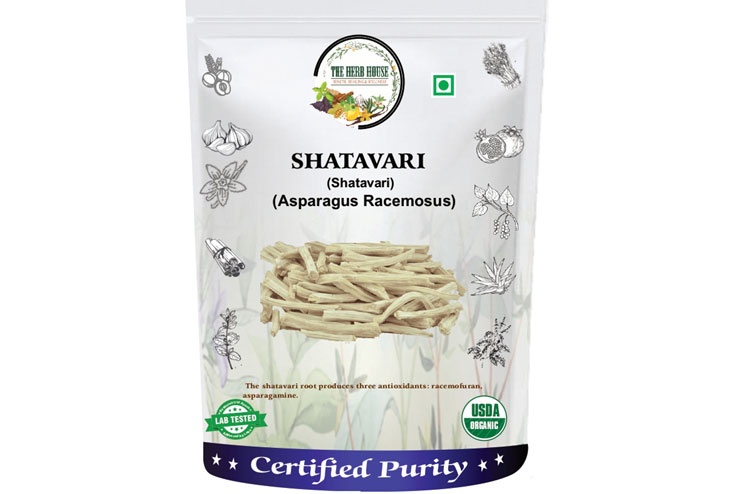
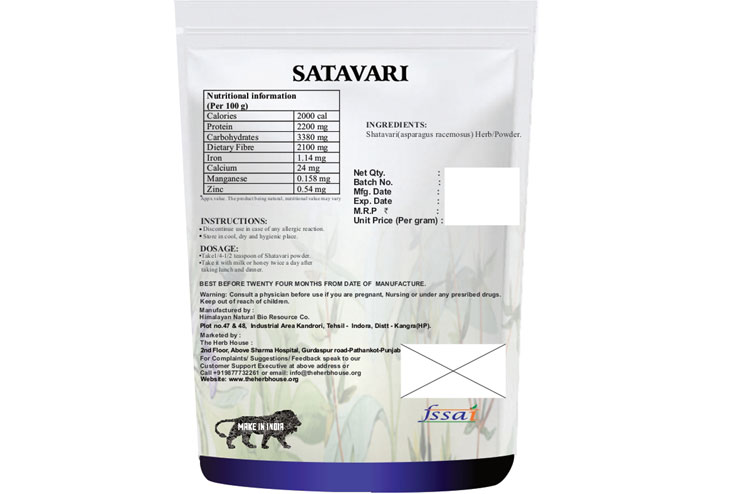
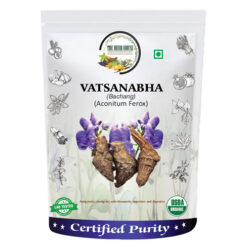
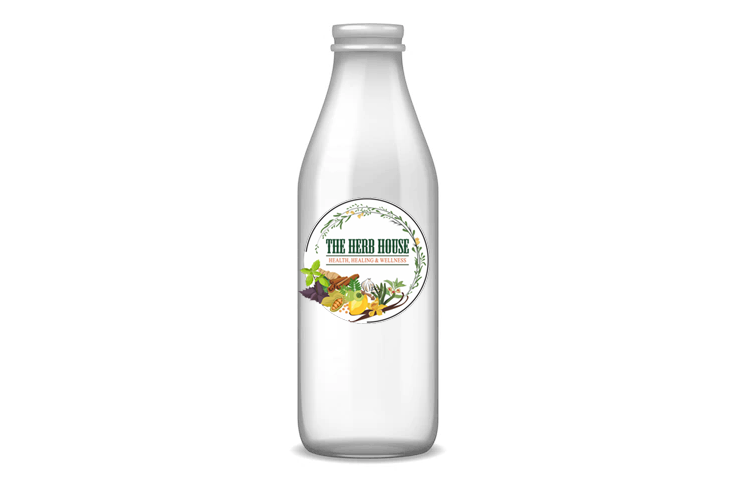
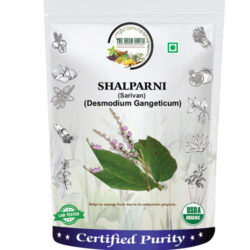
Reviews
There are no reviews yet.